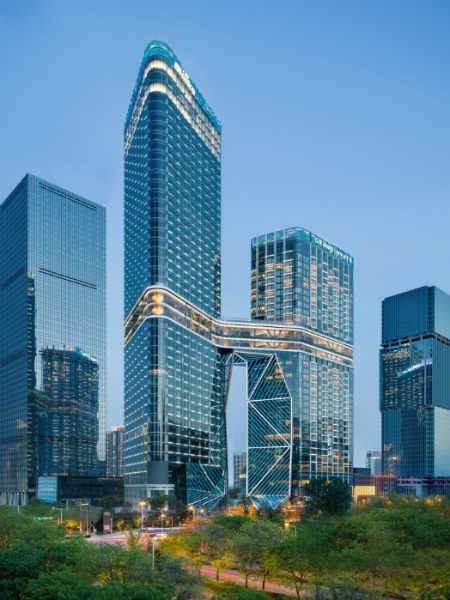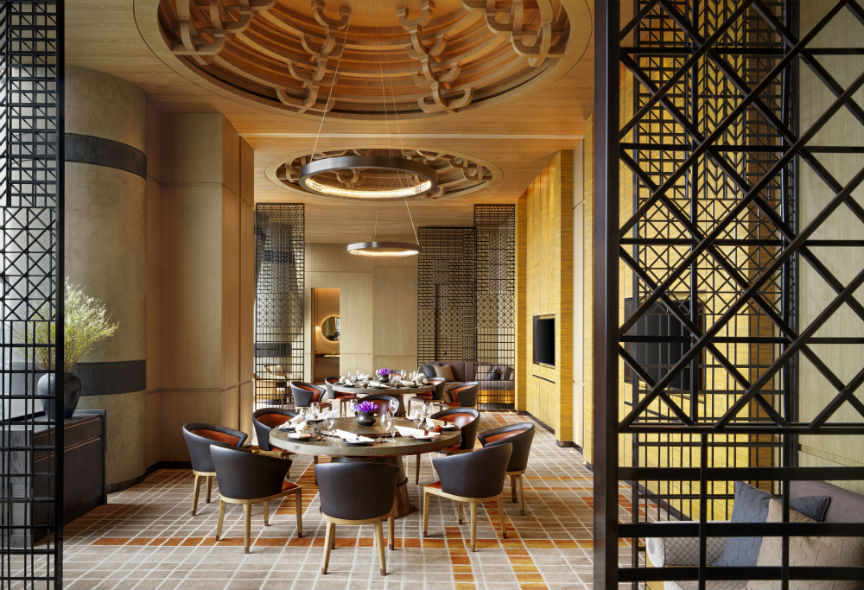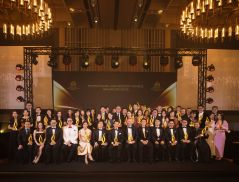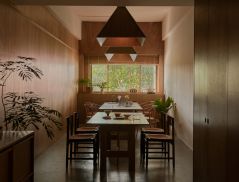
How do you design a luxury hotel in one of the most culturally-important cities in China? LTW Designworks has offered an excellent solution.
The Singapore-headquartered firm recently unveiled the Grand Hyatt Xi’an, where it conceptualised everything from the public areas to restaurants, ballroom, wellness centre and all 396 guestrooms and suites.
In addition to being the imperial capital of 10 dynasties, Xi’an is best known as the home of the Terracotta Army, which is part of the funerary art of the first Emperor of China, Qin Shi Huang.
Xi’an is also known as the eastern entrance of the Silk Road trading route, connecting the Han Dynasty (206 BC–220 AD) in China to the western world – and it is this facet of the city that LTW Designworks drew its inspiration from to design the hotel.
In the double-height reception lobby, a feature that symbolises the Chinese idiom 大鹏展翅 (“a great hawk spreads its wings”) takes centrestage.
A feather-like, sculptural, white feature wall with curving vertical lines extends 10m high, and patterned timber walls form wing-like motifs.
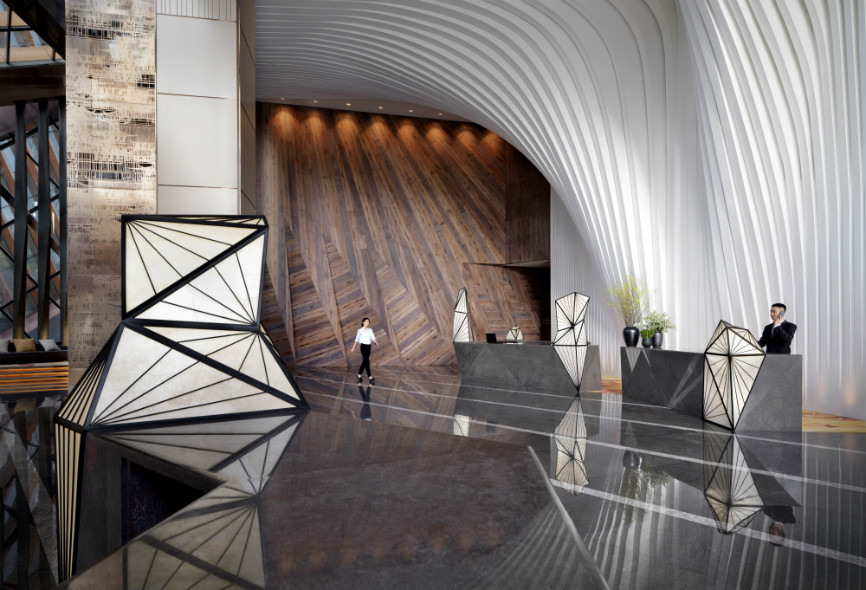
Within the event spaces are found the deserts along the Silk Road, manifested through the grand curved staircase that depicts the beauty and motion of sand dunes.
A chandelier hanging from the oval-shaped Grand Ballroom is a focal point, crafted from hundreds of hand-blown glass petals that twinkle softly beneath the glow from the wraparound screens.
Occupying one of two towers connected by a sky-bridge, the hotel tucks its multiple F&B outlets inside this iconic part of the development.
Mimicking the nature of the Silk Road, the Western all-day dining and contemporary Chinese restaurant sit at opposite ends of the bridge.


The former, all-day-dining Grand Café, recalls a bustling and thriving marketplace with open, interactive marble counters interspersed between wooden tables and chairs, plush leather banquettes and custom artwork.
The latter, Chang’an Bridge, is a modern interpretation of Shaanxi culture. It consists of geometric metal screens with ruby accents, grid patterned carpets in hues of grey, white and muted orange, and circular ceiling details resembling traditional Chinese roof construction.
Along the corridor outside the private dining rooms, an eye-catching art piece symbolises the rich wildlife along the Silk Road.


Access the guestrooms and suites via two bubble lifts wrapped with curved laser-cut metal screens with imagery depicting ancient Chinese palaces.
The contemporary-style accommodations use varying shades of ochre, off-white and tan to highlight the upholstered furniture, walls and millwork.


Inspired by the phenomenon of mirages common in the desert, headboard panels partially depict traditional Chinese pavilions, slightly obscured by offset and overlapping motifs almost like a dream.
It is worth pointing out the clever layout of the twin rooms. Each bed is pushed against upholstered walls and separate washing and dressing areas are provided on each side.

With this project, LTW Designworks has created a perfect starting point for travellers embarking on a journey along the Silk Road.


 Share
Share
